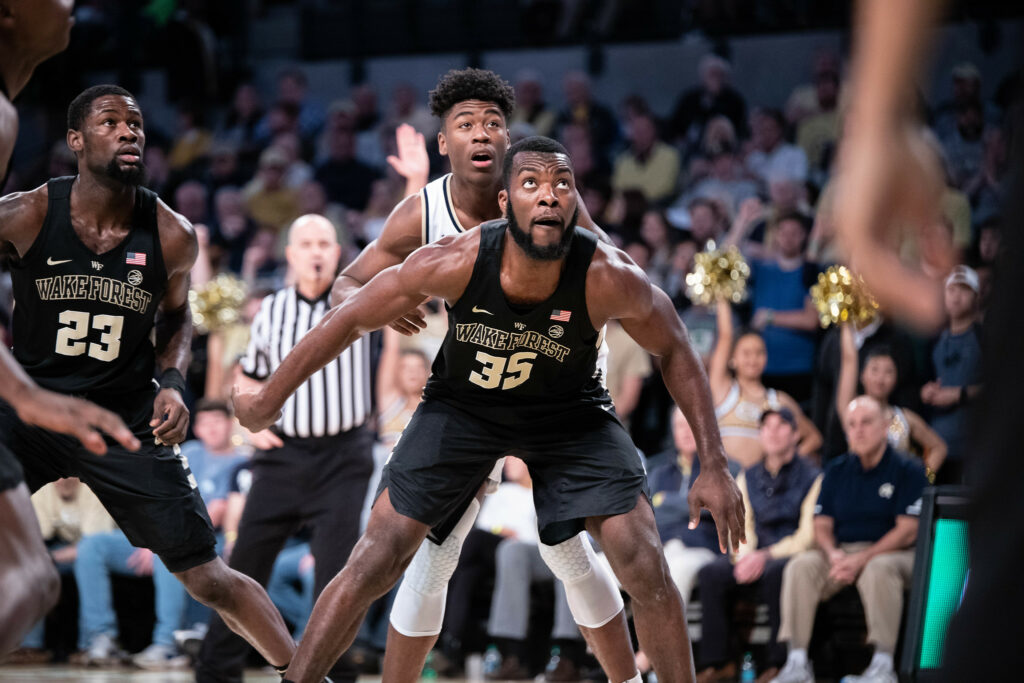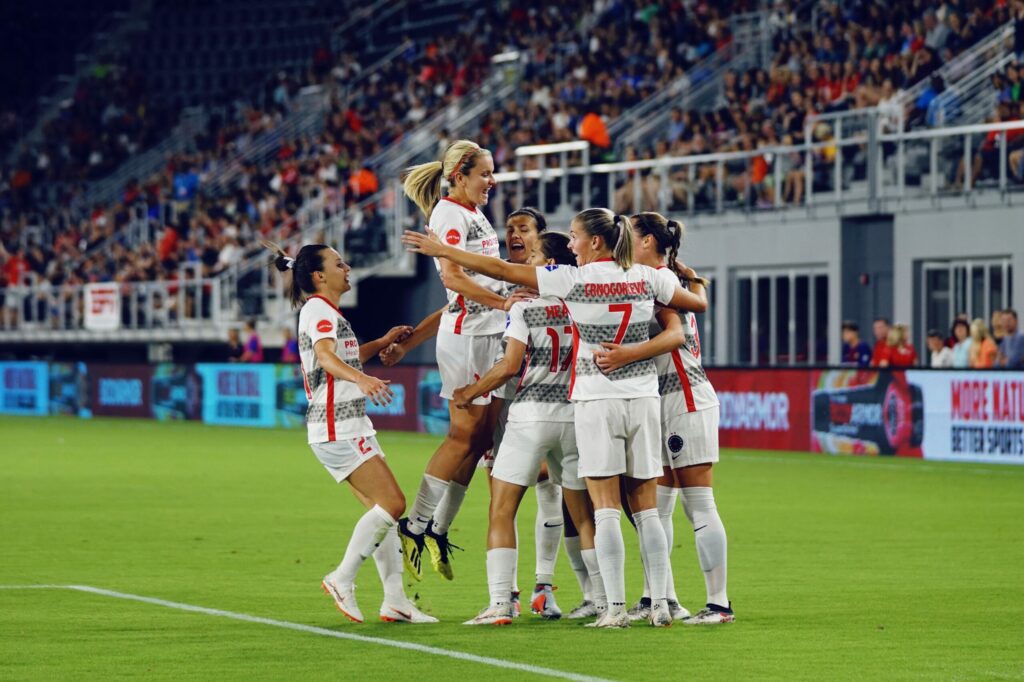
Approach to Athlete Evaluation for Coaches
There are two different stages of evaluation. The first stage is tennis based. It focuses on the strengths and weaknesses the player already has in their game. The second stage is a grading scale. This stage decides “where their ceiling is” for the player, meaning how far can a player go without certain personal obstacles holding them back. Boynton uses a 5 category evaluation model on a grading scale from 1-10. The first category is self confidence. The second is self drive. This is the ability to internally maximize their talents. Third is resilience. In Boynton’s eyes, a player with resilience has a prominent mental “delete button” and the ability to stay focused despite outside variables. The fourth category is the problem solving and strategery piece. He compares this category of the game to chess for game intelligence. Lastly he looks for a solid foundation. This is the morals and family values a player has and can not be taught. As a whole, this scale determines the potential and the limits of a player. It helps him as a coach understand what problems are his responsibility and which problems are the players responsibility.
Role of Potential versus Work Ethic
Boynton believes athleticism will only take you so far. He thinks that base talent is not good enough for greatness. He says “you have to be able to adapt and grow regardless of what comes your way.”

Evaluating Different Tennis Levels
Boynton finds tour players are polished. He says they have a small developmental window because they are at the top of their game. Comparatively, new players require understanding. Boynton must understand the player’s personality so he knows how to coach them. He knows that all players require different coaching from him, especially newer players. The first step for these newer players is to make a goal with them based on their strengths so both coach and player are working toward the same goal.
Fundamentals of Great Players
Boynton directly says “you have to have weapons”. Tennis is a “skill based sport that is dependent on movement.” The serve dominates the men’s game so great players must have a great serve. Also, aggressive ground strokes are essential. Lastly, great players are “good between the ears”. To coach a great player there is “no one size fits all” it’s very personal. You must know your players to know how to coach them.
Words of Wisdom
Rule of coaching is making it “not about me” or “my way”. If you ever get confused, revert back to that rule. Boynton found that “Kids don’t care what you know unless they know that you care.” Plays need to know that you trust them and in return they will trust you. Trust is something you work to gain with your players; it is not assumed. Boynton admits that coaching now takes longer.Patience for this trust is key.
Five Stages of Coaching
1-Trust, 2- Organized Structure based on grading scale and game plan 3- Accountability based on trust. To coach out of love and trust of their greatness is the right way..4- Accountability the other way as to internally keep themselves accountable. This is where the coach doesn’t give feedback but the athletes do. 5- Manage- keep the player on track with open communication dialogue. Boynton goes at a very slow pace and stays patient with their relationship. Have a plan and understand the athletes you are working with.
Check out the full episode below and let us know what you think in the comments!





